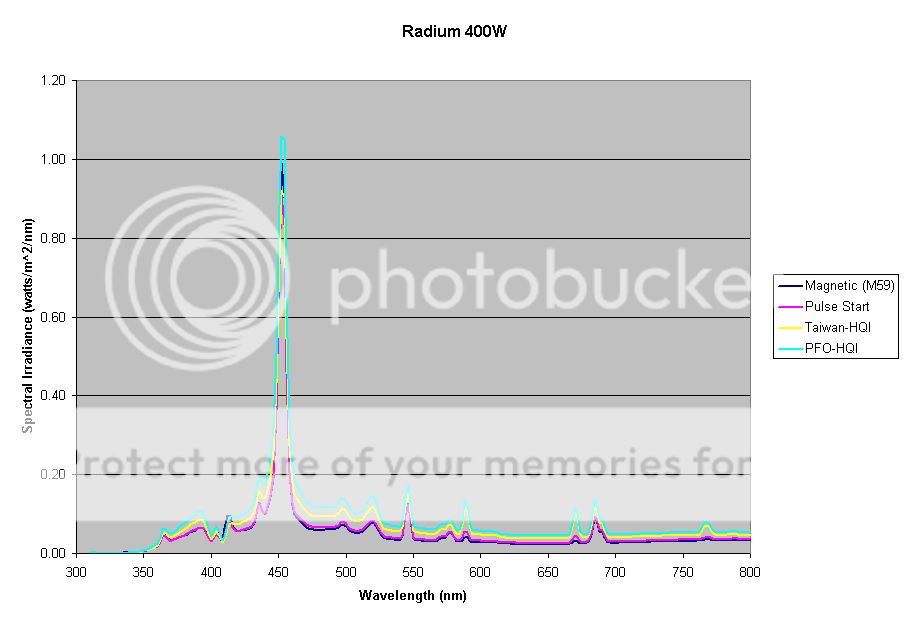davelin315
New Member
Hello, new to this forum and rusty to chameleon keeping, it has been almost 20 years since I last had a veiled.
Anyway, I am an avid reef keeper and have two lights I am thinking of using for the veiled I let my daughter buy. I have metal halides (400 watt fixtures) and was wondering if anyone uses MH. I found one article saying to use it, but no info really on the brand of bulb.
I also have 100watt LED canons for my reef that are not installed.
Anyway, I am an avid reef keeper and have two lights I am thinking of using for the veiled I let my daughter buy. I have metal halides (400 watt fixtures) and was wondering if anyone uses MH. I found one article saying to use it, but no info really on the brand of bulb.
I also have 100watt LED canons for my reef that are not installed.



